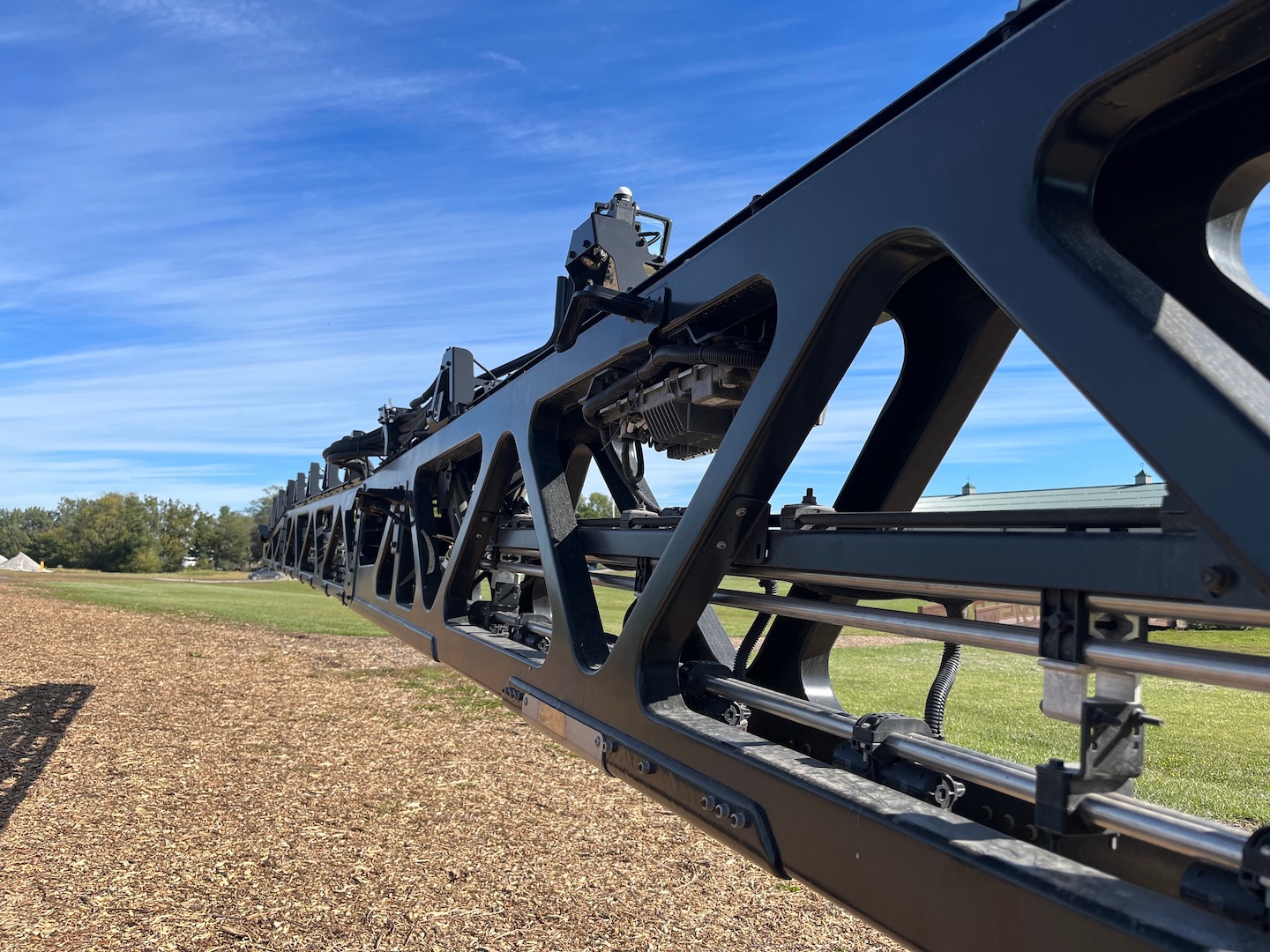Latest News

John Deere’s The See and Spray Ultimate is equipped with sensors for targeted, more efficient crop spraying. Photo:Via Satellite
John Deere selected SpaceX’s Starlink for its agricultural connectivity solution, the company announced Tuesday, after a long RFP process with the satellite industry.
The satcom solution will connect both new and existing machines through satellite internet service and terminals. The company said Jan. 16 that John Deere dealers will install a ruggedized Starlink terminal on compatible machines, along with a 4G LTE JDLink modem to connect the machine to the John Deere Operations Center, the company’s farm management system.
The satcom solution will start out with a limited release in the U.S. and Brazil starting in the second half of this year. Financial terms of the deal and the cost of the terminal were not disclosed.
John Deere said this satcom solution will enable autonomy, real-time data sharing, remote diagnostics, enhanced self-repair solutions, and machine-to-machine communication, which will make farmers more productive, profitable, and sustainable in their operations
“The value of connectivity to farmers is broader than any single task or action. Connectivity unlocks vast opportunities that were previously limited or unavailable,” commented Aaron Wetzel, vice president of Production and Precision Ag Production Systems at John Deere. “For example, throughout the year, farmers must complete tasks within extremely short windows of time. This requires executing incredibly precise production steps while coordinating between machines and managing machine performance. Each of these areas are enhanced through connectivity.”
When John Deere issued the RFP in 2022, the company estimated the market at about 5,000 new machines per year and about 40,000 existing machines that are good candidates for retrofit.
This is part of the evolution of John Deere using satellite and connectivity technologies. The company currently operates the StarFire Network, which corrects public GNSS signals to make them more accurate for agricultural use. John Deere is one of only a handful of companies that has its own global satellite augmentation network, and this network allows tractors to drive themselves, place seeds, and develop accurate geospatial maps.
In addition, the company began connecting all of its new production agriculture equipment in 2011, so it has many LTE-equipped equipment in use today. However, connectivity over fields and farms is lacking, holding farmers back from unlocking the full value of the data they collect.
“Now, we are bringing satellite communications service to the farm at scale so farmers with cellular coverage challenges can maximize the value of connectivity to their operations,” commented CTO Jahmy Hindman. “The satcom solution unlocks the John Deere tech stack so every farmer can fully utilize their current precision agriculture technology in addition to the new innovative solutions they will deploy in the future.”
“We initiated this process with a fierce focus on delivering value to our customers, and this partnership ensures we have a solution that meets their needs today and in the future,” Hindman added.
The deal is another win for Starlink, which has expanded beyond the consumer broadband market in the past two years, winning deals in government, land mobility, aviation, and maritime. Starlink is also moving into direct-to-device communications through working with T-Mobile and other mobile network operators to provide coverage from space in dead zones. SpaceX recently launched its first satellites equipped with this capability.
Get the latest Via Satellite news!
Subscribe Now